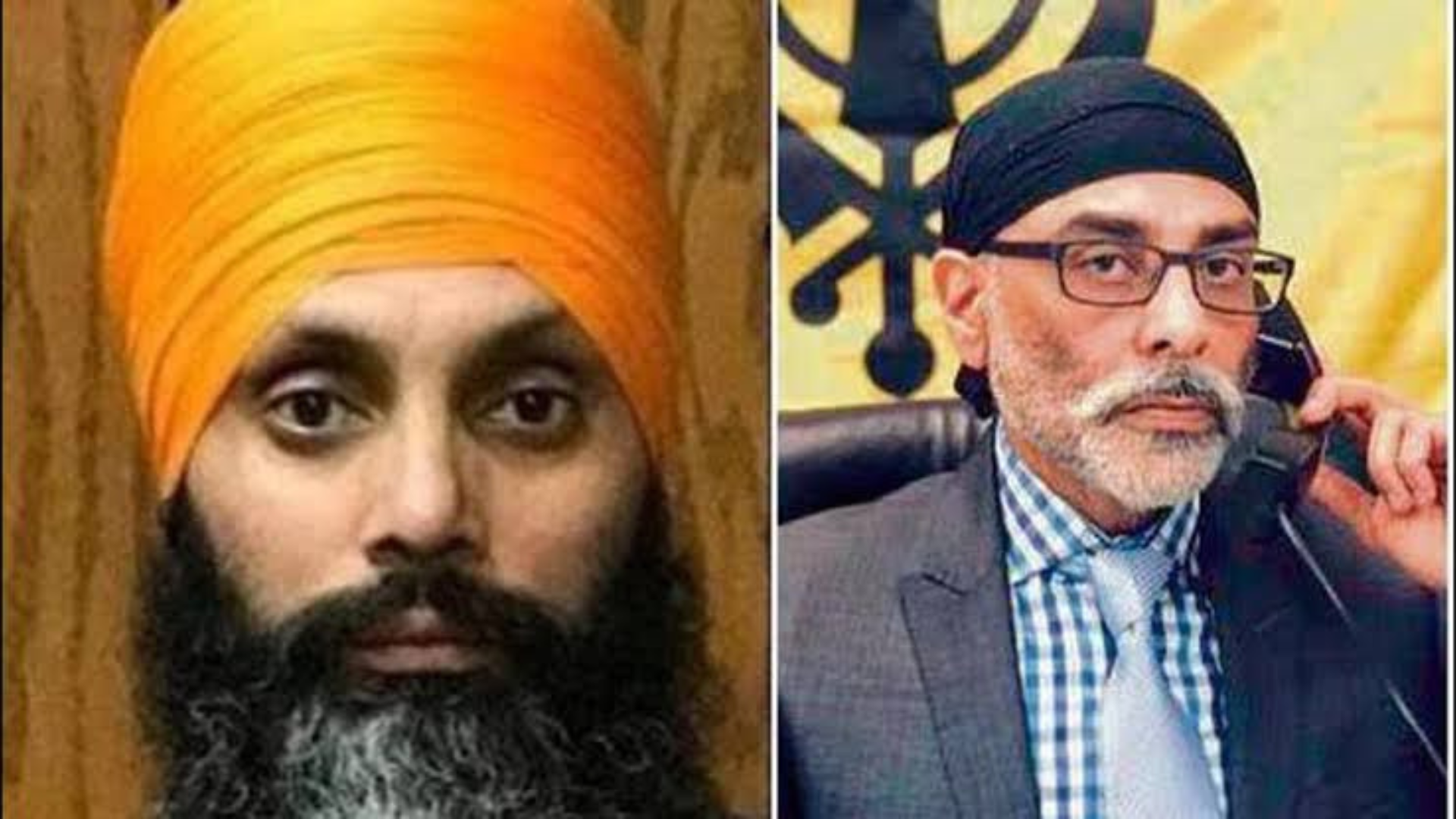New Delhi: The killing of Khalistani terrorist Hardeep Singh Nijjar on June 18 last year in Canada, along with the arrest of Indian national Nikhil Gupta on June 30 in Prague, had brought spotlight on an alleged broader strategy that was being executed by Indian agencies, as claimed by U.S. authorities.
The said strategy was aimed at dismantling Khalistani networks and this initiative reportedly focused on prominent Khalistani figures, including the wanted terrorist Gurpatwant Singh Pannun, who holds dual citizenship in the U.S. and Canada.
However, despite a massive media campaign orchestrated by officials in Washington and Ottawa, aimed at spreading disinformation, there has been no significant impact in India or any unwanted reaction from the Indian government.
The said unprecedented media campaign, which is still being executed by concerned officials, is devised to put pressure on Indian authorities, push them on back foot by alleging that they were carrying out a Mossad and Central Intelligence Agency style assassination operation through the Indian spy agency, Research and Analysis Wing (R&AW).
Till now, no proof has been shared tying these killings and attempts to R&AW or any evidence that would make it clear that these purported actions were officially sanctioned.
However, what has been offered to the world, through media leaks, is a slew of allegations in which all the top offices of the Indian security establishment- including the Home Minister, the National Security Advisor and the R&AW chief- have been named.
First it was alleged by U.S and Canadian officials that the said plot was executed by R&AW by using a ‘drug-lord’ Nikhil Gupta, who in fact is a normal businessman with a small family that is staying in Delhi.
Then they claimed that a local Indian criminal network run by Lawrence Bishnoi was behind the killing and then finally the responsibility of this alleged operation was pinned on Home Minister Amit Shah.
In summary, the Indian Home Minister and the entire Indian intelligence network reportedly conspired to contract a local criminal to eliminate someone like Nijjar, who had little significance.
While some domestic media in India have criticized the government for allegedly mishandling security matters, they have overlooked how skillfully and seamlessly various branches of the Indian government have managed this situation over the past year and a half.
The key to that has been the firm, measured and constant line taken by the government of India that the allegations are baseless, no proof has been offered to prove the allegations that India was running an assassination plot and that the killing of Khalistani supporters likely happened due to internal gang war.
This has been backed by calling out the Canadian government officials for the ‘propaganda’ and smear campaign that is being run by the top most office of the country.
Amidst all this, the Indian government has been playing a game of patience as they believe that truth will emerge on its own, eventually. As it did recently when two senior officials of the Justin Trudeau-led government confessed to leaking intelligence and sensitive information against India to the American newspaper Washington Post even before the Canadian police publicly alleged that their probe into the murder of Khalistani terrorist Hardeep Singh Nijjar had revealed links between agents of the Indian government. The Canadian officials said the leak was “part of a communications strategy” that was overseen by Trudeau’s office.
The way the relevant Indian agencies and department have handled the fast-moving developments related to Nijjar and Pannun is a prime example of how the policies and their executioners have evolved in the past few years and have not backed down against strong adversaries unlike in the past.
The combined efforts of two powerful countries to strengthen a particular narrative to put India under scanner has failed to make any impact. Rather, now, questions are being raised across the spectrum on how trustworthy these countries under the present political dispensation are.
By being unsuccessful in pushing a narrative, Ottawa and Washington have also revealed their limitations in shaping and forming narratives, which not a long time ago, was counted as one of their key aspects of their strategic power.

